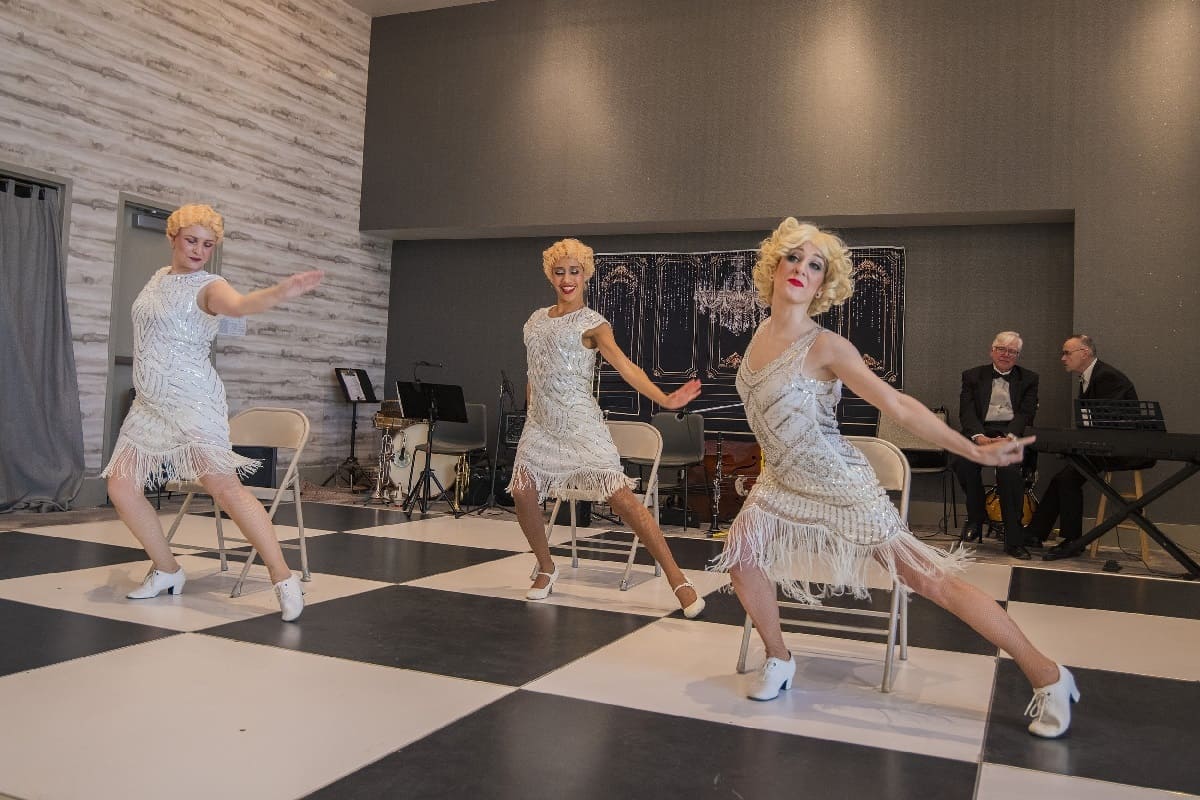Mysteries Of Flapper-Era Dance Halls In Chicago

Ever wondered what it was like to dance the night away in a flapper-era dance hall in Chicago? These lively spots were the heart of the Roaring Twenties, filled with jazz music, dazzling outfits, and endless energy. Imagine stepping into a room where the Charleston and the Lindy Hop ruled the floor, and everyone dressed to impress. Chicago's dance halls weren't just places to dance; they were social hubs where people from all walks of life came together. Whether you're a history buff or just curious about the past, learning about these dance halls offers a glimpse into a vibrant, exciting time in American history.
The Allure of Flapper-Era Dance Halls
Chicago in the 1920s was a vibrant city, bursting with energy and excitement. The flapper era brought a wave of change, especially in the nightlife scene. Dance halls became the epicenter of social life, where jazz music filled the air and people danced the night away. Let's take a look at some of the most iconic dance halls from this fascinating period.
1. The Aragon Ballroom
The Aragon Ballroom, built in 1926, remains one of Chicago's most famous dance halls. Its Spanish-inspired architecture and lavish interior made it a hotspot for flappers and jazz enthusiasts. The ballroom's grand chandeliers and intricate murals created an atmosphere of elegance and excitement. Even today, it hosts concerts and events, keeping the spirit of the 1920s alive.
2. The Trianon Ballroom
Located in the South Side, the Trianon Ballroom opened its doors in 1922. Known for its luxurious decor and spacious dance floor, it attracted some of the biggest names in jazz. The Trianon was a place where people from all walks of life could come together to enjoy music and dance. Sadly, it closed in the 1960s, but its legacy lives on in the memories of those who danced there.
3. The Edgewater Beach Hotel
The Edgewater Beach Hotel wasn't just a place to stay; it was a destination for entertainment. Its Marine Dining Room featured a dance floor that extended out over Lake Michigan, offering stunning views while guests danced to live jazz bands. The hotel's glamorous setting made it a favorite among the city's elite. Though the hotel no longer stands, its influence on Chicago's dance culture remains significant.
4. The Blackhawk Restaurant
The Blackhawk Restaurant, established in 1920, became famous for its live music and dance floor. Located in the Loop, it was a popular spot for both locals and tourists. The restaurant hosted performances by legendary jazz musicians, making it a key player in Chicago's music scene. While the original Blackhawk is gone, its name still evokes memories of a bygone era.
5. The Green Mill Cocktail Lounge
The Green Mill Cocktail Lounge, opened in 1907, gained fame during the flapper era as a jazz club and speakeasy. Located in Uptown, it was a favorite haunt of Al Capone and other notorious figures. The Green Mill's intimate setting and top-notch jazz performances made it a must-visit spot. Remarkably, it still operates today, offering a glimpse into Chicago's rich musical history.
6. The Rainbo Gardens
The Rainbo Gardens, originally an ice-skating rink, transformed into a dance hall in the 1920s. Situated in the Lincoln Square neighborhood, it featured a large dance floor and live orchestras. The venue's unique ambiance and lively atmosphere drew crowds eager to experience the latest dance crazes. Though it closed in the 1950s, the Rainbo Gardens remains a cherished memory for many Chicagoans.
7. The Plantation Cafe
The Plantation Cafe, located in the Bronzeville neighborhood, was a hub for jazz and blues music. Opened in the early 1920s, it showcased performances by some of the era's most influential African American musicians. The cafe's vibrant atmosphere and diverse clientele made it a cornerstone of Chicago's cultural scene. While the Plantation Cafe no longer exists, its impact on the city's music history is undeniable.
8. The Savoy Ballroom
The Savoy Ballroom, opened in 1927, was one of Chicago's largest and most popular dance halls. Situated in the South Side, it featured a massive dance floor and hosted some of the biggest names in jazz. The Savoy was known for its inclusive atmosphere, welcoming dancers of all backgrounds. Though it closed in the 1940s, the Savoy Ballroom remains a symbol of the flapper era's exuberance and inclusivity.
Chicago's Dance Hall Legacy
Chicago's flapper-era dance halls left a lasting mark on the city's cultural landscape. These vibrant venues were more than just places to dance; they were hubs of social change and artistic expression. The jazz music, fashion, and dance styles that thrived in these halls continue to influence modern culture. Visiting these historic sites offers a glimpse into a time when Chicago was at the forefront of a cultural revolution. Whether you're a history buff or just curious about the past, exploring these dance halls provides a unique perspective on the Roaring Twenties. So next time you're in Chicago, take a moment to appreciate the rich history and enduring legacy of its flapper-era dance halls. They remind us of a time when the city danced to a different beat, one that still echoes today.

